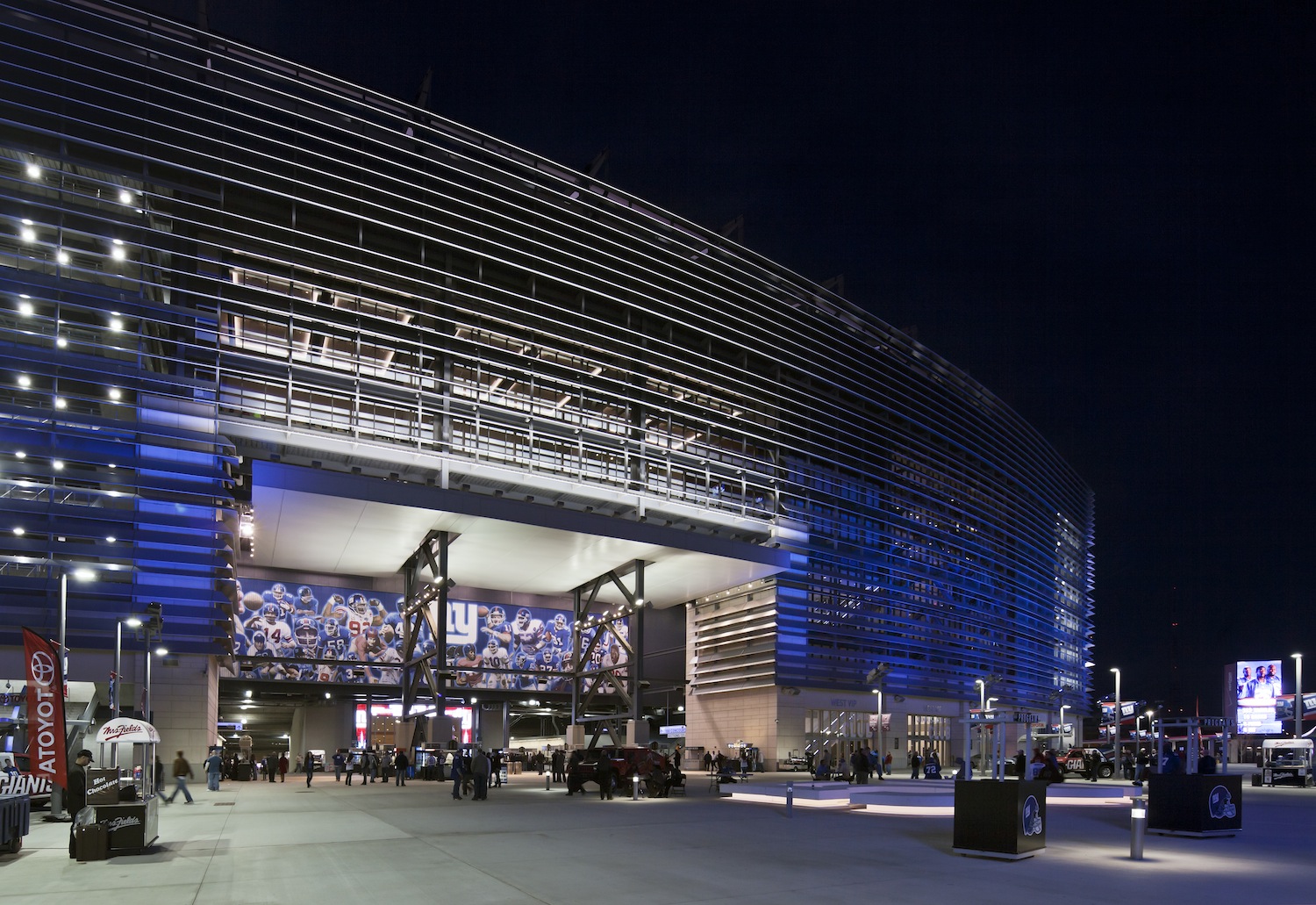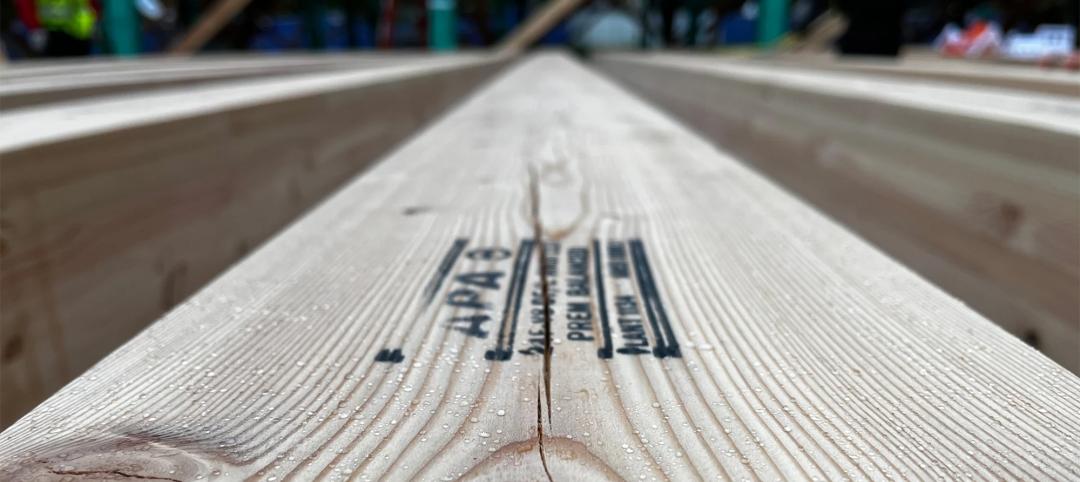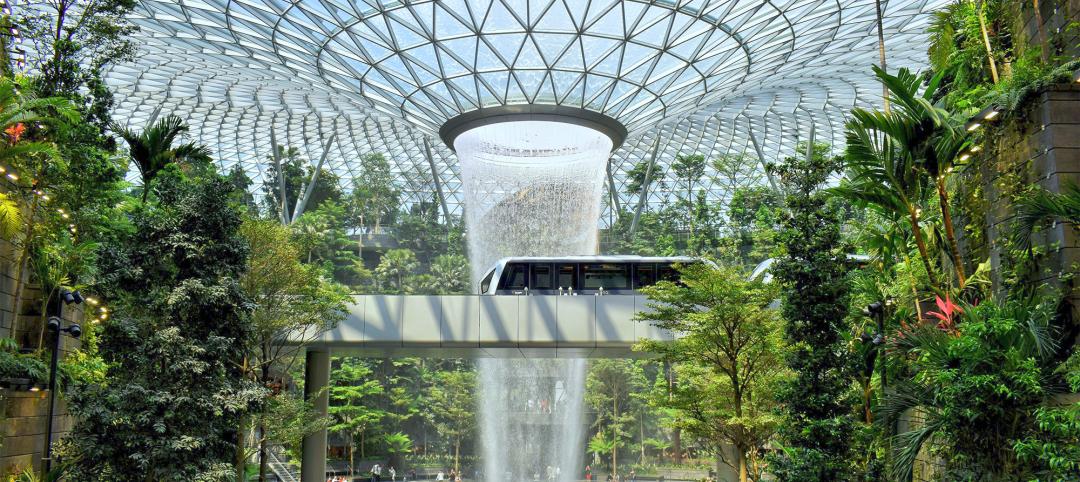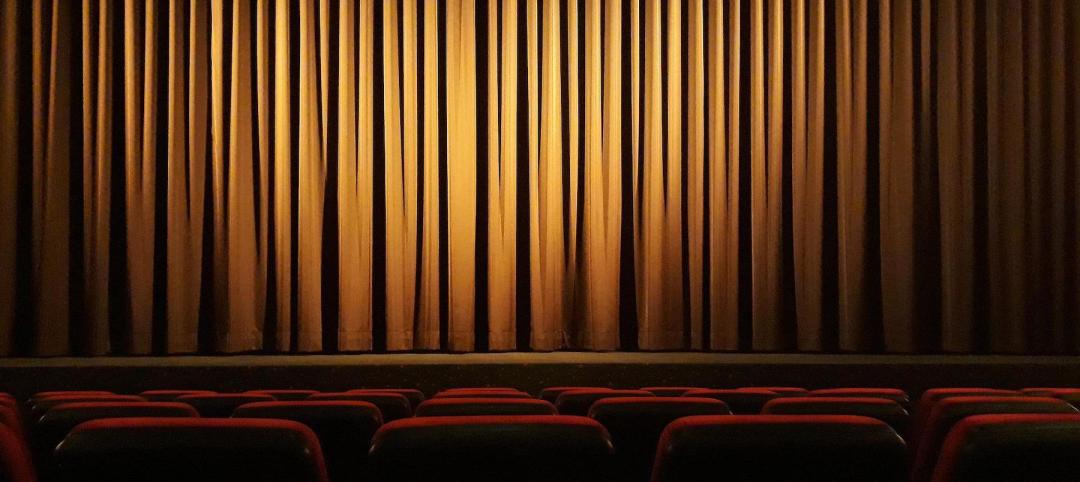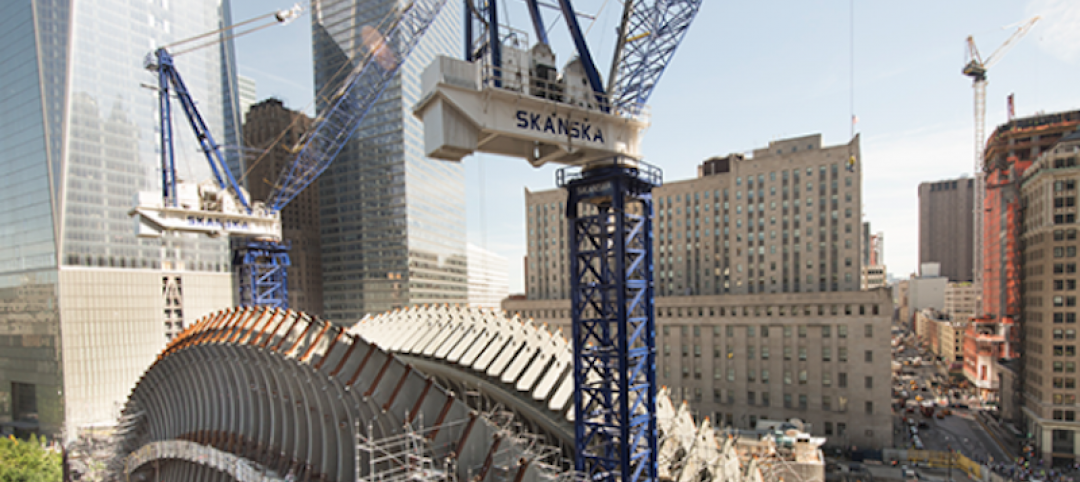The WELL Building Standard is a new protocol that focuses on human wellness within the built environment. Administered by the International Well Building Institute (IWBI), it identifies specific conditions that when holistically integrated into building architecture and design, enhance the health and well-being of the occupants.
This first of its kind, protocol was developed by Delos in partnership with scientists, architects and thought leaders, and prescribes a series of technology enhancements and performance-based measures that are systemized across seven categories relevant to occupant health in the built environment – Air, Water, Nourishment, Light, Fitness, Comfort and Mind.
WELL Building has been designed to complement green building standards and sit on top of existing platforms. Currently in pilot, the IWBI has partnered with the Green Building Certification Institute (GBCI), to ensure that WELL Certification compliments and works seamlessly with LEED Certification. For example, air quality and lighting intersect both green and wellness, about 10 to 20 percent of WELL and LEED standards overlap as a result of this natural connection.
While we believe the WELL Building Standard should be considered for every building, we see a unique opportunity for them to be integrated into sports and recreation facilities, inspiring an operator to think holistically about how their facility interacts not only with the natural environment, but also with the athletes, sports fans and staff who will call their building home. In sports terms: it’s a win-win.
For owners the WELL Building Standard offers a twofold opportunity to deliver a competitive venue for their athletes — a facility that is optimized for their performance while also offering event attendees a healthier environment and a connection to well-being and athleticism.
For example, the MGM Grand Hotel & Casino in Las Vegas implemented the Stay Well program for hospitality, an overlay program informed by the same evidence-based research as the WELL Building Standard. The MGM Grand saw such a strong return on their initial investment in implementing Stay Well rooms on their fourteenth floor- including high occupancy rates and a 25 percent increase in profitability – that they have quadrupled the number of Stay Well rooms and plan to expand to additional spaces.
Sports play an important role in American culture. We celebrate athleticism as a testament to the power of the human body. Stadiums, arenas and recreation centers are important gathering points for our communities, places where we come together to celebrate physical achievement. As such, these venues represent more than just spaces for sport. The buildings themselves speak loudly about who we are and what we believe in.
As an industry, we’ve taken major strides implementing green building techniques in sports and entertainment construction. At first, the industry focused on greening the building enclosure, by reducing energy consumption and implementing resource management.
Then, sustainability spread to mechanical, and electrical building systems that use Computer Maintenance Management Systems to increase efficiency, improve occupant comfort, and can be managed remotely via smart phone technology similar to NRG Stadium in Houston.
Another great example of this approach to green building can be seen at the LEED Gold-certified Portland State University Academic & Student Recreation Center, where students help power the rec center’s electrical system, through a voltage converter attached to exercise machines that delivers electricity back to the building.
Today, sports facilities are increasingly working to green the daily operations of their venues: from implementing more efficient waste management processes – like Gillette Stadium’s waste water treatment plant, to recycling and food service composting and using earth-friendly cleaning products.
At MetLife Stadium, all waste kitchen oil is converted to biodiesel fuel; all kitchen scraps are composted, and all cardboard, plastic, glass, aluminum and paper is recycled. The push to green sports facilities has extended to event operations themselves – this year’s Super Bowl at MetLife was the greenest on record, diverting more waste, conserving more water and saving more energy than any previous event.
So, while we continue to push ourselves to find the best ways to build venues that reduce our impact on the earth and its resources, what can we do to make sure these buildings are contributing to the physical well-being of the people within them?
WELL Building is the future of green sports construction – an opportunity for building owners and operators to consider not only the environmental impacts of their facilities but the ways they impact athletes and fans alike.
To learn more about the WELL Building Standard and their impact on occupant health, visit the International Well Building Institute.
About the Authors
Tom Tingle is Senior Vice President and National Director of Sports Center of Excellence, and Beth Heider is Chief Sustainability Officer with Skanska USA.
Read more posts on Skanska USA's Constructive Thinking blog.
More from Author
Skanska | Sep 26, 2024
5 lessons in water mitigation for mass timber projects
Sustainability leaders from Skanska, RDH, and Polygon share five tips for successful water mitigation in mass timber construction.
Skanska | May 6, 2024
The benefits of biophilic design in the built environment
Biophilic design in the built environment supports the health and wellbeing of individuals, as they spend most of their time indoors.
Skanska | Dec 4, 2023
4 key innovations and construction trends across airport design
Here are some of the key trends Skanska is seeing in the aviation sector, from congestion solutions to sustainability.
Skanska | Jun 29, 2023
K-12 school construction: 5 ways strong community relations can lead to success
When constructing a K-12 school, building positive relationships with the community—including students, parents, school staff and residents—is critical to the success of the project. Here are five ways Skanska puts the community first when building K-12 schools in the Pacific Northwest.
Skanska | Mar 14, 2023
Skanska tests robots to keep construction sites clean
What if we could increase consistency and efficiency with housekeeping by automating this process with a robot? Introducing: Spot.
Skanska | Jan 27, 2023
Key takeaways from Autodesk University 2022
Autodesk laid out its long-term vision to drive digital collaboration through cloud-based solutions and emphasized the importance of connecting people, processes and data.
Skanska | Dec 5, 2022
5 ways sustainability professionals can help reduce construction's carbon footprint
Mark Chen, Sustainability Manager at Skanska, has found five specific ways to help the construction industry reduce its carbon footprint.
Skanska | Jul 5, 2022
Tour the new Patricia Reser Center for the Arts in Oregon
This month, the community of Beaverton, Oregon, welcomed a new haven for artistic expression with the opening of Patricia Reser Center for the Arts (The Reser).
Skanska | Jun 22, 2018
What owners should know before choosing the design-build project delivery method
Outside of drawing up a well-written contract, owners often overlook a key attribute that can significantly impact the success of a design-build project, writes Skanska’s Julie Hyson.
Skanska | Dec 7, 2017
Busting the myths: What the “S-word” can mean for construction and development
Sustainability, it’s a trendy term. The problem, however, is that it’s being used in so many different ways that people don’t even know what it means anymore.

